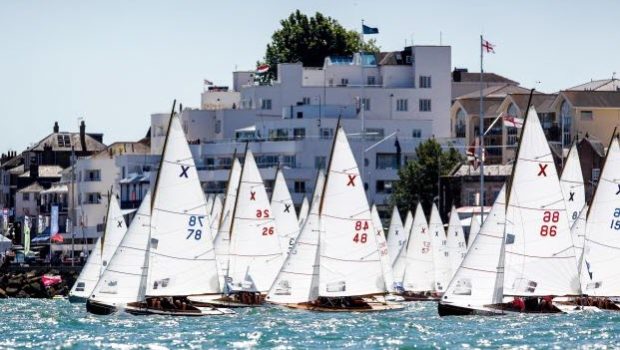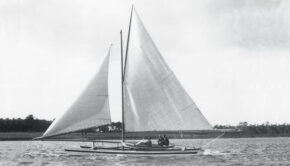Five tips on strategic starting for sailors
Published on December 6th, 2022
Getting a good start is not just about being fast off the line in clear air. Sometimes the better start can be to wait in the second row near the committee boat and wait for your moment to tack off. Or it could even be to start on port tack behind the whole fleet.
So many of us have a favorite approach to the start that we try to make work for all occasions, but we need to be more adaptable than that. In faster planing or foiling boats, the port tack start can be a race-winning option but we’re looking at conventional starboard-tack starts for this article.
As multiple champion across a range of dinghy and keelboat classes, Ben McGrane is well placed to share his experience and advice on how to tailor your approach to different occasions and strategic scenarios. Here are Ben’s five best tips on starting strategically:
Pre-start prep
Launching out into clear air with a good lane at the start is only useful if it’s taking you in the right direction for your overall race strategy. If you start off the pin end of the line because there’s five degrees of line bias but you still can’t tack across to take advantage of the more favourable current on the right-hand side of the course, then your starting strategy was wrong. Deciding what kind of start you’re going to make will often go back to the morning of the race or sometimes even days or weeks before, if you’re planning for a venue with a strong gain feature.
On race day, be one of the first out on the course so you can start getting a sense of the conditions and logging your compass numbers on each tack.
Go middle (if quick)
If you’ve got good boatspeed you can afford to line up pretty much anywhere on the start line. If you’re less confident in your speed or you’re one of the slower boats in a handicap fleet, you’ve got to think a bit more carefully about where you position yourself.
The middle of the line presents opportunities if you’ve got a good transit on the land and you can take advantage of the midline sag. If it’s a shifty day, then the middle is a good place to start working the shifts from both sides of the course. – Full report









 We’ll keep your information safe.
We’ll keep your information safe.